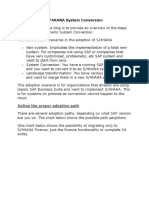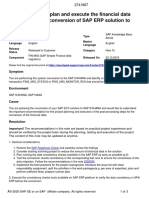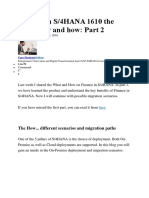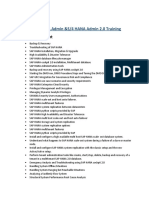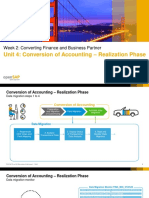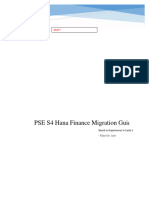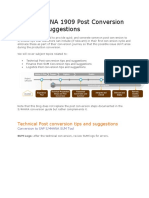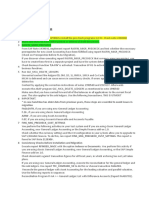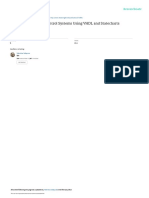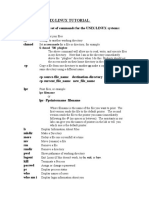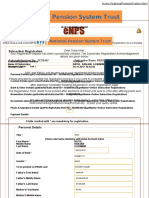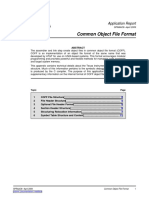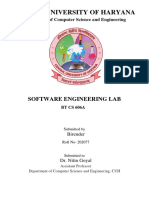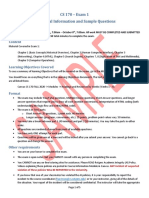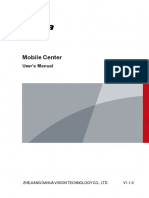0% found this document useful (0 votes)
8 views6 pagesRead - Preparing The Conversion
The document outlines the comprehensive process of migrating to SAP S/4HANA, detailing pre-conversion tasks, execution phases, and post-migration activities. It emphasizes the importance of system checks, data migration, and the use of the Software Update Manager (SUM) for installation and conversion. Additionally, it highlights prerequisites, limitations, and specific steps required to ensure a successful transition to the new system architecture.
Uploaded by
liju.babuCopyright
© © All Rights Reserved
We take content rights seriously. If you suspect this is your content, claim it here.
Available Formats
Download as DOCX, PDF, TXT or read online on Scribd
0% found this document useful (0 votes)
8 views6 pagesRead - Preparing The Conversion
The document outlines the comprehensive process of migrating to SAP S/4HANA, detailing pre-conversion tasks, execution phases, and post-migration activities. It emphasizes the importance of system checks, data migration, and the use of the Software Update Manager (SUM) for installation and conversion. Additionally, it highlights prerequisites, limitations, and specific steps required to ensure a successful transition to the new system architecture.
Uploaded by
liju.babuCopyright
© © All Rights Reserved
We take content rights seriously. If you suspect this is your content, claim it here.
Available Formats
Download as DOCX, PDF, TXT or read online on Scribd
/ 6
